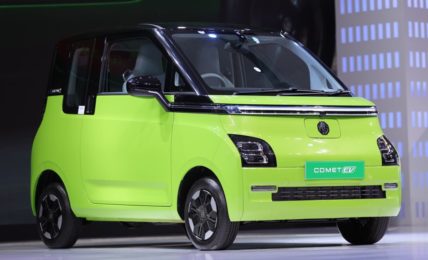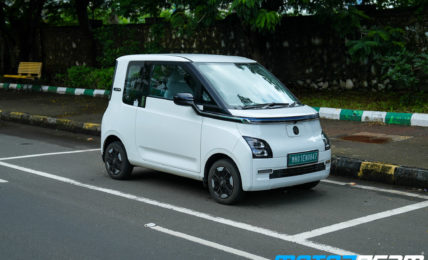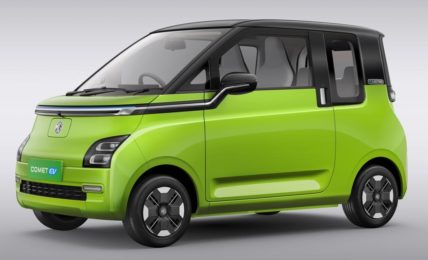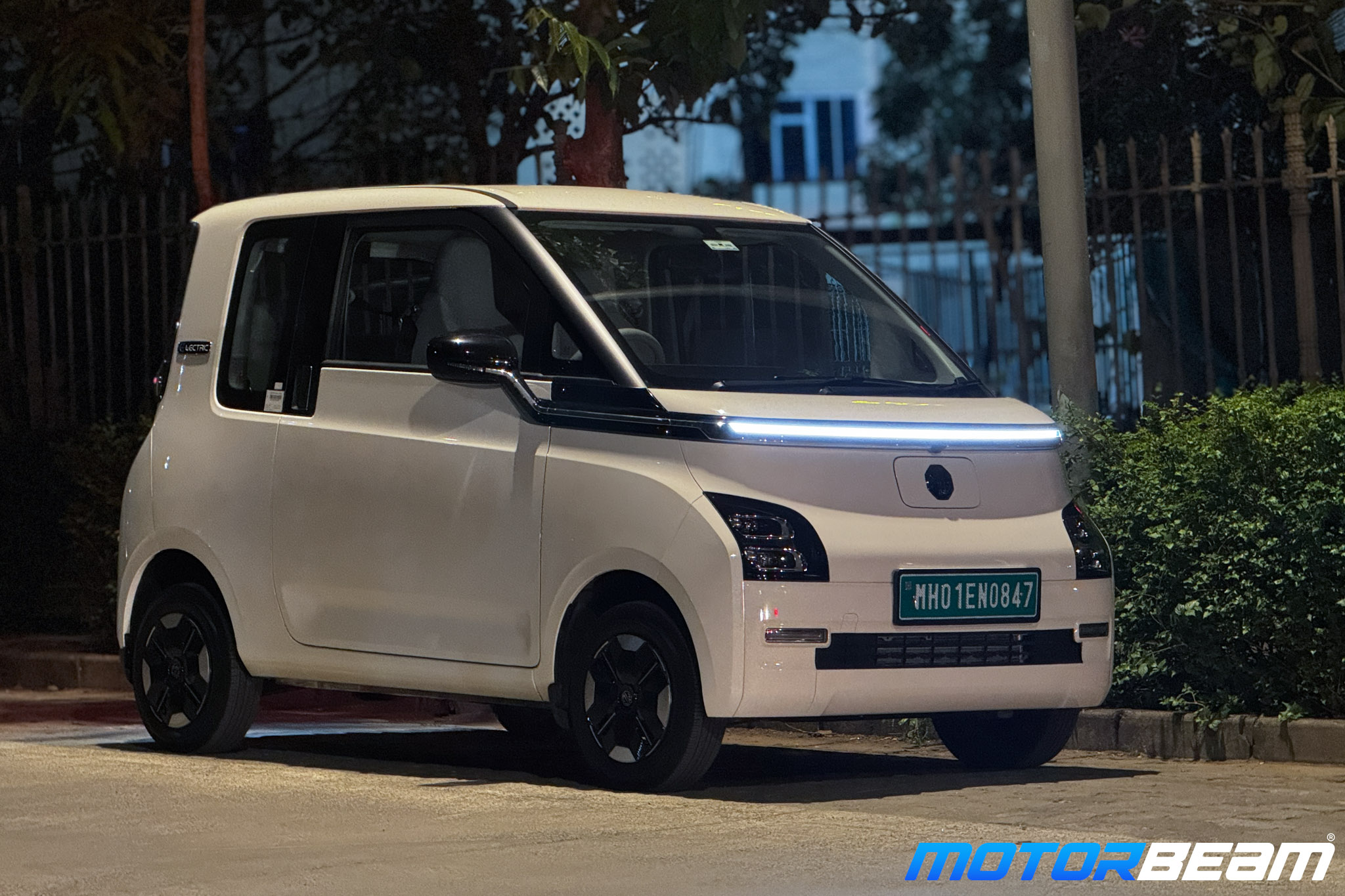
This Valentine’s Day, MotorBeam garage was blessed with our latest long-termer, the MG Comet EV. And even though compared to the Comet even a compact hatchback feels large, the small footprint of MG’s electric city car has been a breath of fresh air for handling the commute duties and dealing with Mumbai’s traffic. As an existing owner of an electric scooter already, I’ve always been curious about what it would be like living with an electric car, and I knew this was a chance that I wouldn’t miss out on.
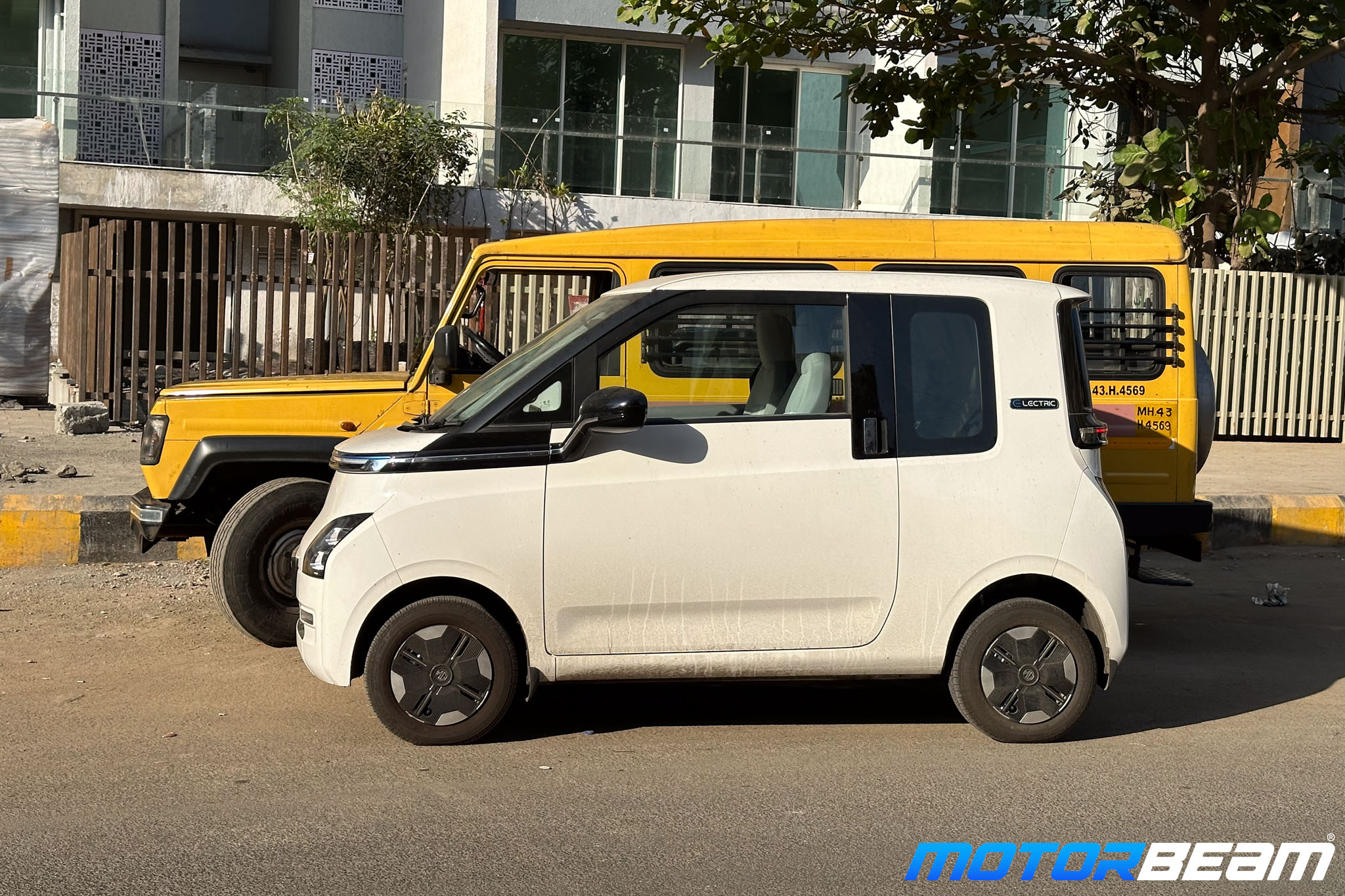
If you enjoy turning heads and attracting attention, the Comet EV is a must-have, period. However, if you don’t like unwanted attention and are slightly introverted, like I am, you better be prepared. The kind of attention this small EV gets still catches me by surprise, even after two months. You will get all sorts of questions from all sorts of people. I’ve had times when the petrolhead in me has been drooling over a Lamborghini Urus or admiring the sleek lines of a Lexus ES while they’ve been busy checking out and being curious about the Comet EV.
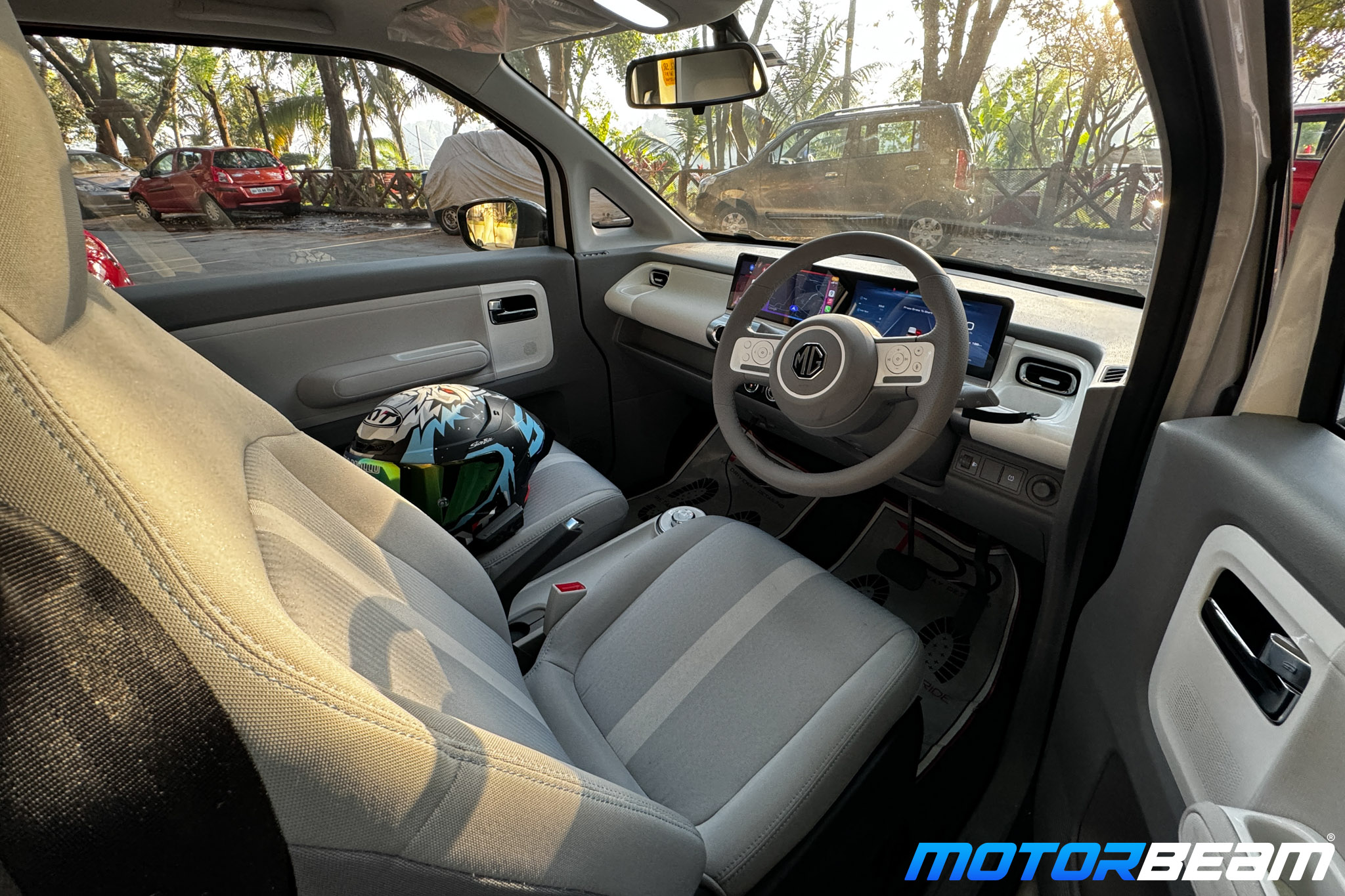
The Comet EV came to us at just 80 kms and it took me less than a month to get the odometer into four digits. That itself says a lot about my time with it so far. And hence, as with most cars and bikes sold in India, it was time for the Comet to go for its first service. The service took less than half a day, which I was glad for since the size and ease of the Comet for commuting duties had me spoiled to use any other vehicle.
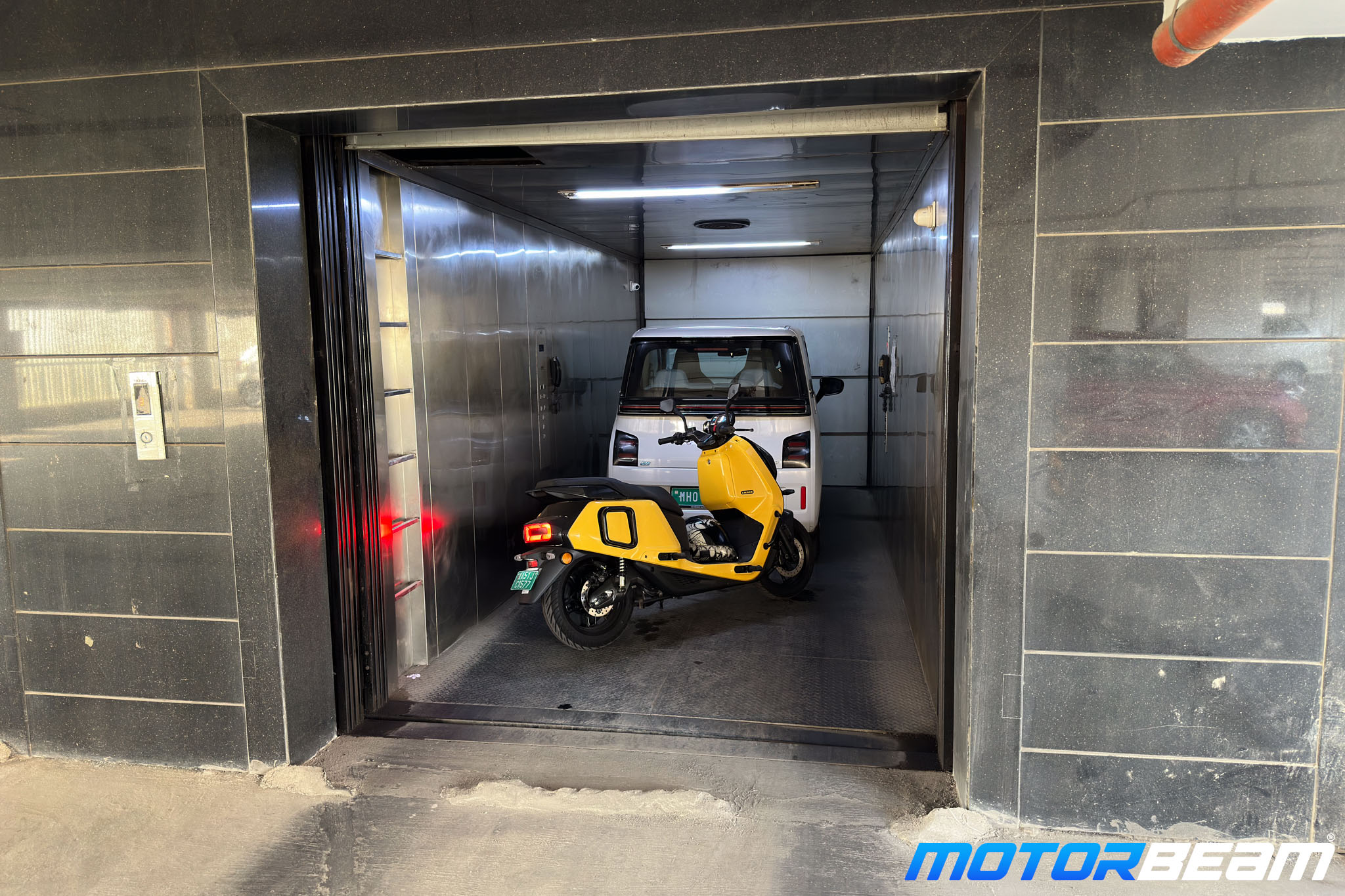
Driving an EV in the city has its advantages, no gearbox means it accelerates in a smooth and linear manner, there’s no wait for the gearbox to kickdown, as there isn’t one, for that quick overtake and the various levels of regenerative braking available means you can tune it as per your liking. I, for one, used it on the strongest regen mode – Heavy. Primarily for two reasons – It let me get the maximum range out of the Comet EV as well as allow me to have somewhat of a single-pedal mode experience.
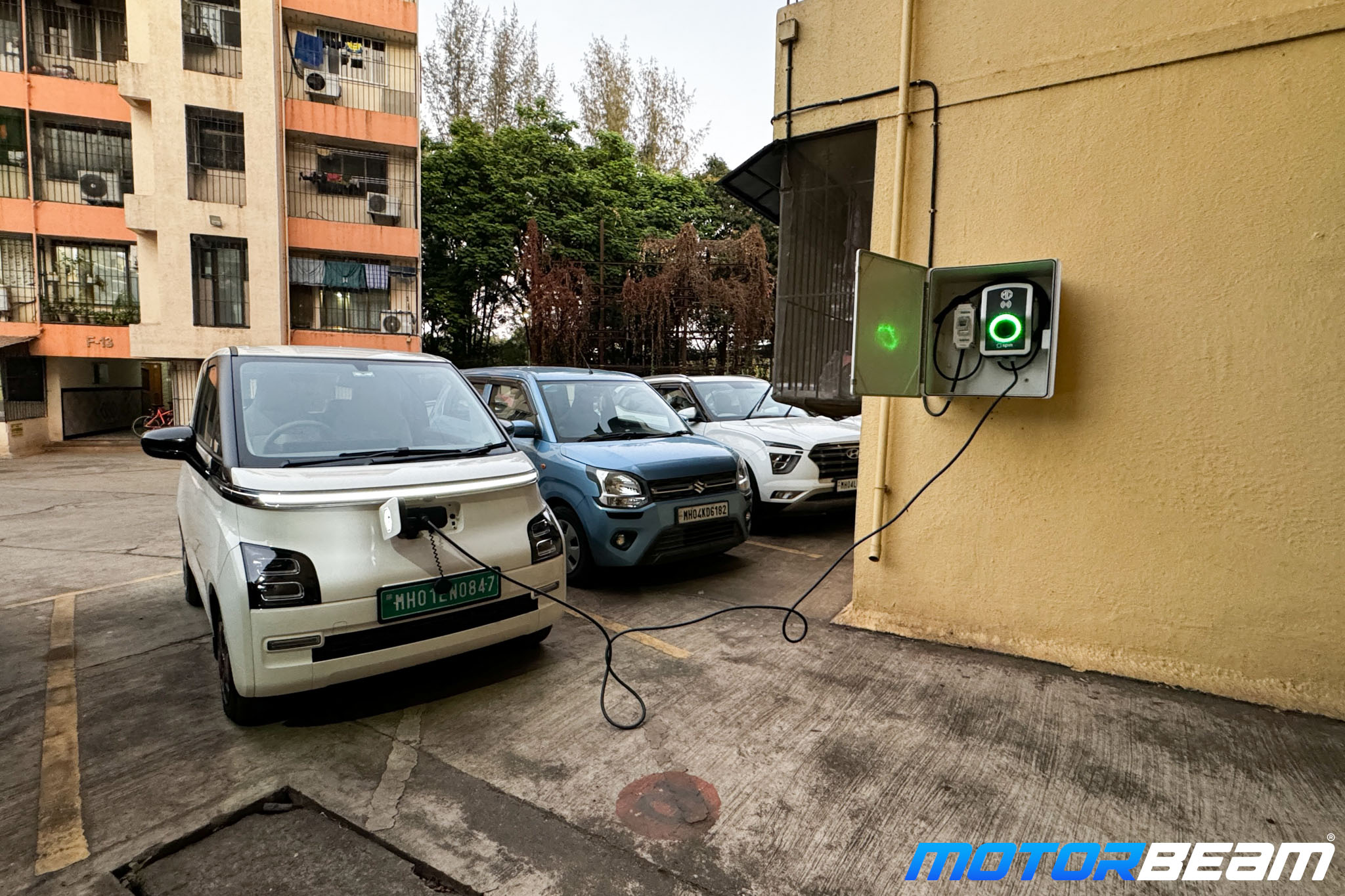
I also tried the other two regen modes – Normal & Light, but didn’t find myself using them much. As for the performance, it won’t get your heart racing but it gets the job done rather well. For those with a light foot, the Eco mode will suffice. At the same time, the Sport mode will keep people with a heavy foot as well as enthusiasts entertained. The third driving mode, the Normal, will find takers who fall in between the two categories.
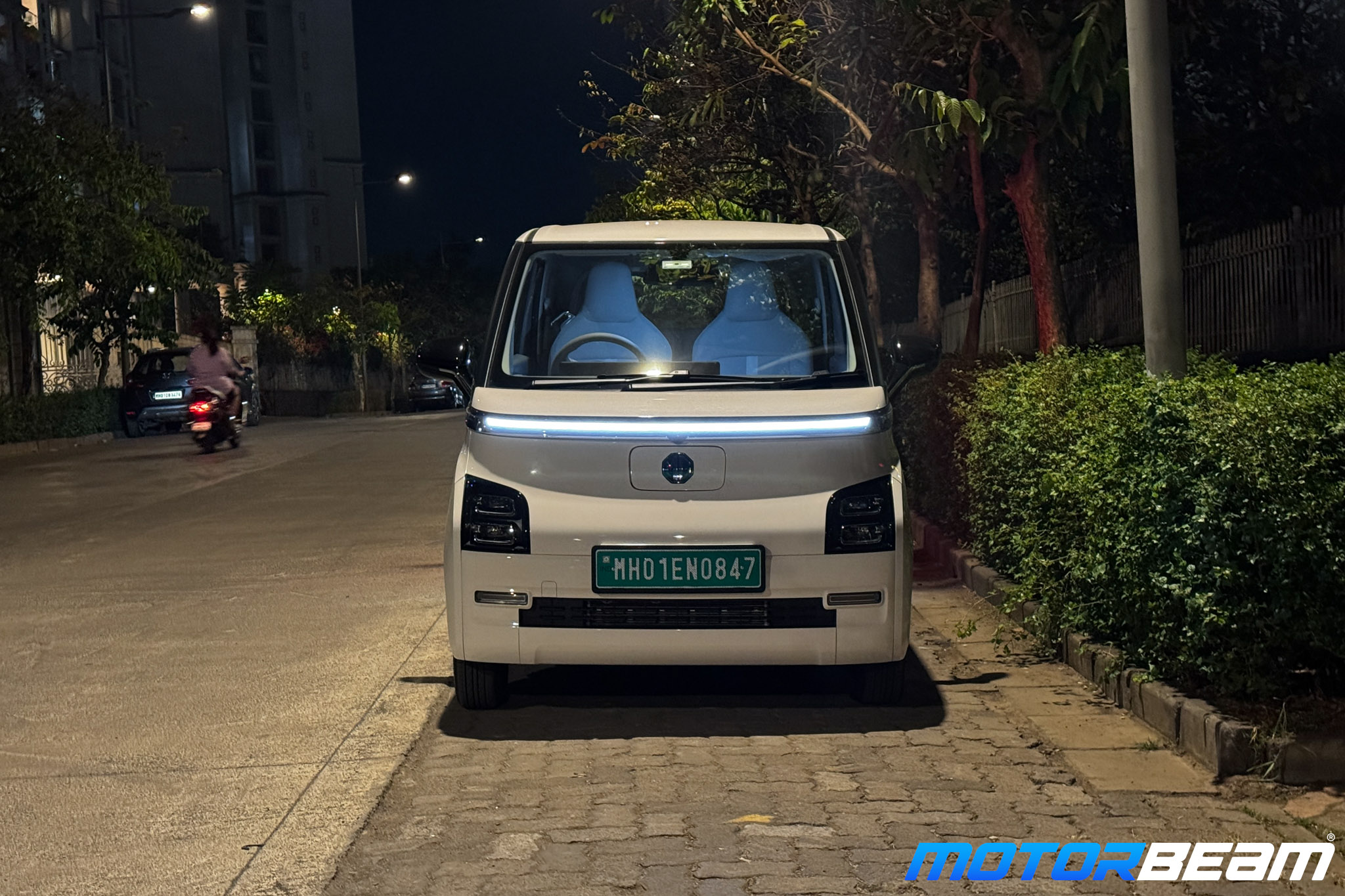
The ride and handling of the Comet EV was something that I had to get used to. That’s not to say it’s not an easy car to drive, it is. But, it’s different. The small 12-inch wheels means it can crash into potholes if you’re not careful and even though it feels stable when taking corners, but if you keep your speed in check, it feels pliant and comfortable on smooth roads. There’s a fair bit of road noise that filters into the cabin though.
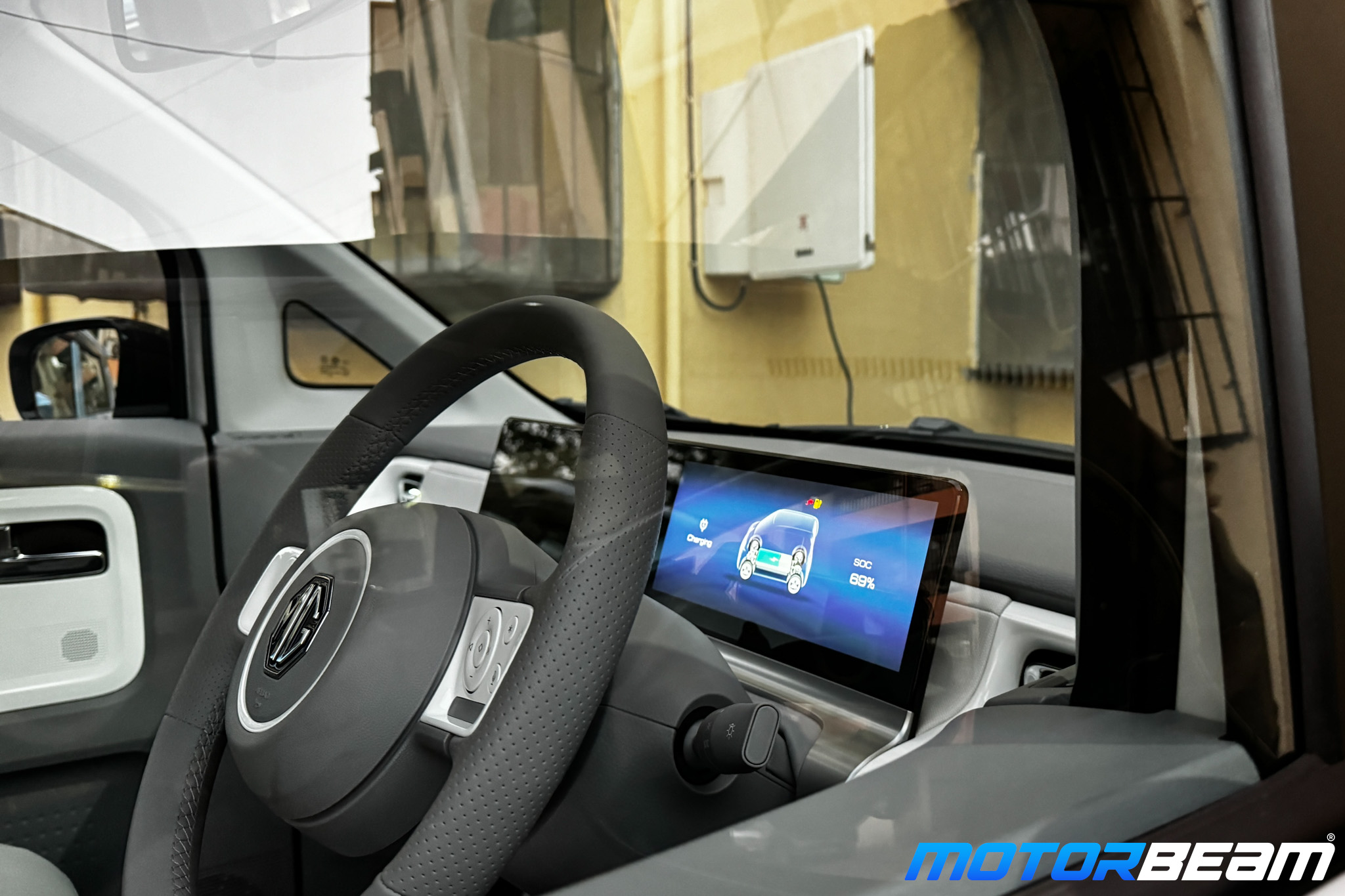
Touching on the handling, it is far from confidence-inspiring given its tall-boy design. Hampering the experience further is the lack of any side bolstering on the seat and hence, everytime you’re taking turns at speeds, you and your passenger will find yourself moving around on the seat.
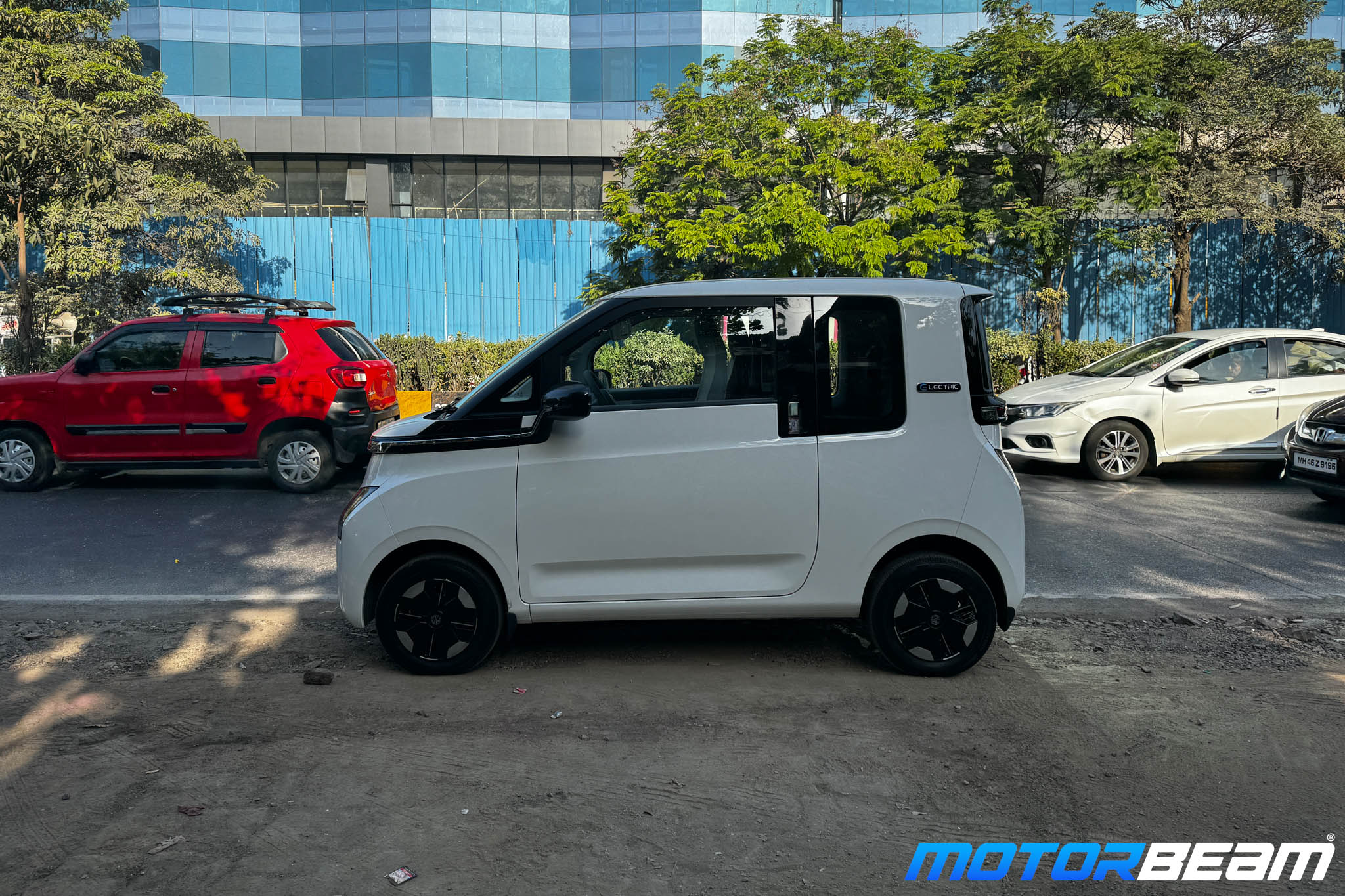
With the rising mercury levels in Mumbai, I’m glad the Comet EV has a powerful AC and a white interior, which helps it remain relatively cool when parked in the sun. There’s no climate control so end up fiddling to find the perfect fan speed and temperature. In hot afternoons, it remains on a high fan speed with temperature set to “LO”. At night though it can be a task as you might find yourself toggling between “L2” and “L3”. The L2 feels too cold while the L3 borderline feels like the heater is on.
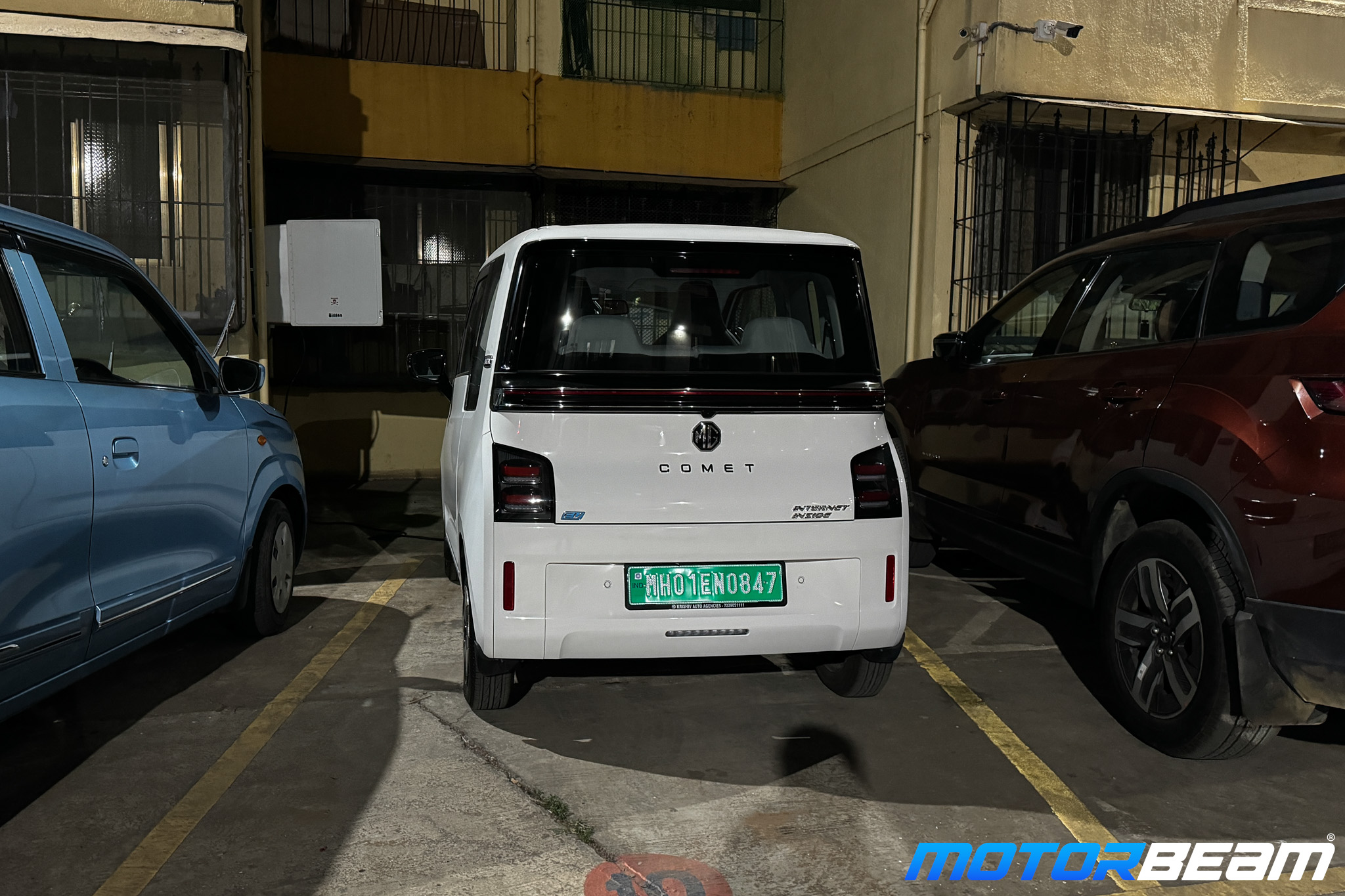
That’s it for the first report of the small electric city commuter. More on the smaller details, niggles and findings in the next report, where I’d also touch base on the range, what affects it, how much is the idle drain and more.


